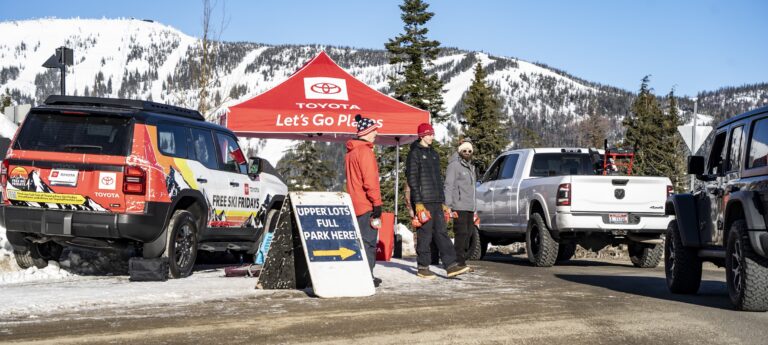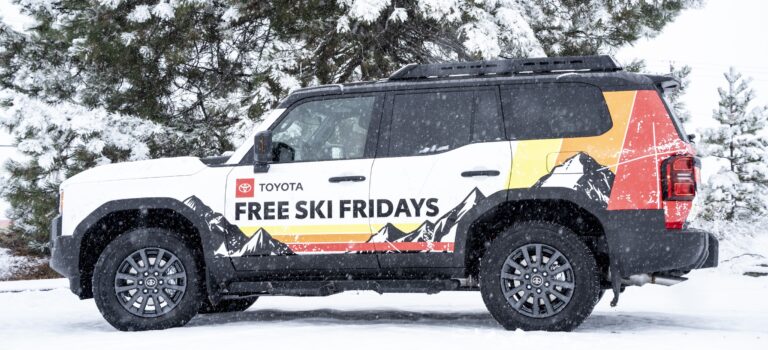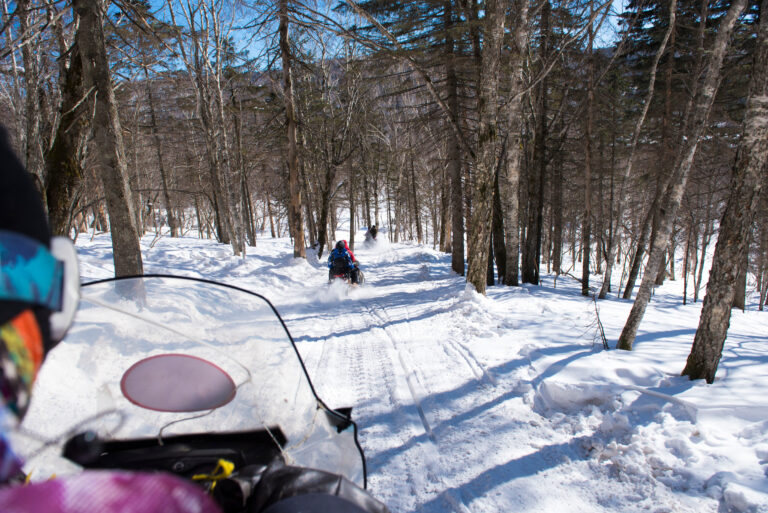If you spend enough time in the outdoors, you are likely to experience a close call with death. Whether it’s a bear encounter, loss of footing on a steep slope or simply unexpected weather, every smart person who chooses to experience the inherent risks of outdoor adventure must be prepared – physically and mentally – for anything that can happen.
Granted, humans have an uncanny way of creating their own troubles: a messy campsite that attracts bears, inattention to trail conditions, over-confidence, arrogance, lack of preparation, naivete, and even good old-fashioned stupidity. Individually, one factor can cause a mishap or even disaster; in combination, it can result in a life-threatening catastrophe.
Despite the proper safety training, equipment and professional precautions, something wrong can still happen – Human vs. Nature. Jack London and other great outdoor writers know it makes for a compelling story every time.
The story of “Amy vs. Spokane River’s Bowl & Pitcher” happened on May 31, 2009, at the Widowmaker. That day, the river was flowing at 19,700 cfs, and its Class III rapids were picturesque for those on Riverside State Park’s suspension bridge. My husband and I, along with friends, were on a guided rafting trip with Peak 7 Adventures, a non-profit organization created to give at-risk and homeless youth a glimpse of healthy outdoor recreation in God’s creation.
Prior to approaching the rapids, Austin, our experienced guide who is also Peak 7’s program coordinator, again reviewed with us – his six raft mates – the safety precautions. In his raft, he explained, it is about trust: us trusting his commands, and him trusting us to follow those commands, whether “Hard forward!” or “All back!” or any other of the numerous, practiced calls.
In my ten or so previous guided whitewater river rafting experiences, I had never even come close to what Austin described could happen to us at the Spokane River’s first serious “hole,” which could potentially swamp or flip a raft when the river is flowing 17,000-20,000 cfs, no matter the level of expertise of paddlers navigating it. (At 20,000+ cfs, Austin told me recently, a raft typically cannot flip there.) Truly, stuff happens on the Spokane River.
But the Bowl & Pitcher, at least what I knew of it from land-based vantage points, far exceeded my memories of rapids and waves on the Skagit and Wenatchee Rivers in Washington State, and the Nenana River in Alaska, outside Denali National Park.
I listened carefully as Austin visually and mentally rehearsed with us what we would do in case we did indeed flip. Then it was time for “Hard forward!”
For a few seconds, we were all paddling towards the rapids. I was on the front-left, with my husband, Judd, just behind me, and behind him was Austin’s girlfriend, Anastasia. Across from me, the lead paddler (front-right), was our friend Nick, followed by his wife, Jessi, and his dad, Gary. Austin, like every raft captain, was in the back and center.
I cannot recall what happened frame by frame, but I do know we flipped – although for me it felt more like a gentle glide backwards into the water. The Peak 7-provided wetsuit, booties, helmet, and PFD ensured I was not cold. But my body did not necessarily ensure I took a deep breath before the plunge.
I think of myself as a strong swimmer – a belief cultivated by childhood summers spent swimming in pools and lakes in western Washington, four years of competitive swimming in high school, eight years as a lifeguard, and time spent as a swim instructor and coach. The Spokane River tested this self-assessment.
At first, the sound of rushing water and bubbles is more startling than the water temperature. Even though I wear my contact lenses while participating in water sports, I am blind underwater. I recall “seeing” light, but I could not have opened my eyes.
As cliché as it sounds, it is completely true: when your lungs are depleting of oxygen, your chest painfully burns. Your body wants to take a breath even though you are still underwater, but your mind, thankfully like a guardian angel, encourages your lungs to wait for air.
I trusted my ability to get to the surface. And I did, eventually. But it was only when I saw our raft upside down and multiple helmeted heads bobbing that I realized we all took the plunge. Until that point, I thought it was perhaps only my husband and me who fell out, since I felt a body near me while underwater.
Austin, our guide, was now surprisingly downriver. So was Judd. Austin yelled commands to us – grab onto the raft, stay to the right – as he pointed towards the raft and began crawl stroking to it.
I could tell by my husband’s facial expression that he was in distress. He was floating downriver quite a ways ahead of the raft and would need to swim upstream. Then I lost sight of him and turned to my right to swim towards the raft. This happened in only seconds.
Jessi, whose free hand was already grasping the rope that ringed the overturned raft, waved me towards her and yelled, “Hold on.”
I realized then, as I did an improvised crawl stroke, that my left hand still held my paddle.
My right fist grasped the thin rope, but seconds later I was pulled underwater. I tried to one-arm pull myself back to the surface for a breath, but it was dark and my head touched the raft. I was now under it. And I could feel myself being pulled downriver by the raft, but I could not breathe. I felt trapped.
So I let go of the rope and used my right hand to guide myself from out under the raft. Actually, I was frantically clawing at it in order to reach light. Again: burning chest, sense of dread.
Bubbles escaped from my nose, and I had that split-second clarity of understanding: I could drown today. I remember coaching myself: Hang in there, hold your breath just a little longer.
I realize now it was the force of the rapids and waves that pulled me under, as Jessi and me were ahead of the raft as it made its way through the Bowl & Pitcher.
The tricky thing about swimming in Class III rapids, even when wearing a “life vest,” is that although your head may be above the surface, the splashes and waves surround your mouth. I gasped for air and inhaled water and oxygen at the same time. This can cause a laryngospasm. What I know is that I felt as if I was chocking on water.
Austin, I could see, was now on his hands and knees on top of the raft in order to guide it through the rapids. But he and the raft were now a few feet downstream from me, maybe five or more. A basalt rock was to the left; it was One-Time Sally. Austin waved me to him, yelling, “Swim to the raft.” I one-arm freestyled it in seconds (my left hand still grasped my paddle) and again clutched the rope.
Except for Austin, I could see no one else – most disturbingly, not my husband.
Just as I was recovering my breath, I was again pulled underwater. But this time I did not let go, realizing I was more or less behind the raft, as it floated down the river, and it could only pull me along. Staying with it, I knew, was safer than being on my own. Even though I was quickly losing physical stamina, I had the will to hang on. So this time, while scared and submerged, I kicked my legs to stay up and pulled with my right arm muscles to keep my face above the water as best as I could. It was as if there really was no flotation device around my chest – the rapids and waves were a more powerful force. I couldn’t help but swallow more water.
It did not matter how quickly I had accelerated through swim lessons as a kid. It did not matter that I could race a 50 Free in less than a minute. It did not matter that I could be a Red Cross certified lifeguard. I was being defeated by the Spokane River. I could not breathe and was in distress – this I distinctly remember.
When I resurfaced again, I yelled Austin’s name, a gurgling slur of syllables. This is what you do, I recall thinking, when you need saving: you call for help.
Austin, of course, could not hear me, and I barely heard myself. And it was at that moment that I felt I would not make it if I was pulled underwater one more time. If I could not recover my breathing, I would be unable to continue my struggle to survive.
But then the raft was still – or rather, it had slowed down so much that the waves in my face had subsided. I could breathe freely and hear Austin talking to people on the downstream side of the raft. He was standing and getting ready to flip the raft right-side up – towards me.
Anastasia must have sensed that I was approaching freak-out stage (I think I was trying to climb onto the raft). She took the back loop of my PDF, spoke gently into my ear, and floated me on my back away from the raft towards the right side of the river.
As soon as Austin had righted the raft, I was back at its side holding onto the top of an edge. I heard my husband call my name, I answered, and then his hands were grasping my PFD shoulder straps. He was in the raft – the first to be pulled in by Austin. And now he was going to pull me in.
Reunited with everyone, but nearly too exhausted to sit upright, my body expelled an explosively loud, vomit-like belch – the kind that is only possible after drinking dangerously too much water. The first time, nothing came up. The second time, I expelled water – arsenic and lead-laden Spokane River water. I did not even try to be polite about it, and even our friends in the raft behind us heard it. (Their raft didn’t flip, and as soon as ours did, their guide switched them to a “rescue mission” and they all paddled hard towards us, around the left side of “the hole,” to ensure that everyone in the water made it safely through the Bowl & Pitcher.)
Like stunned fish, we just looked at each other. Austin made eye contact and surveyed each of us: Are you okay?
I am, but…. My hands were shaking, and I was not chilled.
Here is what we know now happened: Nick and I, as the front paddlers, were to jab our paddles into the wave of water and pull down hard, thereby helping to lift the raft up and over as everyone else continued to paddle hard. We did that. But what happened instead was that the right side rose higher, and up and over to the left it went. We slid off the raft, and into the water, before it flipped completely. Austin says we all did everything correctly – it’s just one of those things that can happen.
Judd recalls feeling someone’s feet on his head, and later someone’s arms, while underwater as he tried surfacing three separate times. On his fourth attempt, he told himself that it was most likely the last one he had stamina for: he knew what little breath he had held was about to completely expire.
Once above water, he experienced the waves in his face and a frightening laryngospasm. The lack of oxygen to his muscles made it difficult for him to swim upstream towards the raft. Nick, who recalls “waiting” for the raft, says he swam most of the way through the Bowl & Pitcher and felt safe since he was river right. Seeing Judd in distress, he extended his paddle to him. Judd grabbed it and Nick pulled him closer to the raft.
Since they were at the technical back end of the raft, which was now floating sideways downstream, there was no rope for Judd to grasp, only a handle. Neither can recall exactly how, perhaps Nick held his paddle in the same hand that grasped the handle, but Nick then used a free hand to pull Judd all the way to him to share the handle.
Jessi, having never let go of the rope once she grasped it, remembered her safety training and timed her breaths with the waves – taking a big breath at the bottom of each one before it broke over her. She endured the raft pushing on the back of her head, dunking her face into the water. Jessi’s father-in-law, Gary, remained next to her the entire journey through the Bowl & Pitcher. I have no idea where Anastasia was during all this.
Back on land, at Plese Flats, I told Judd: It was not our day to die in the Spokane River.
Thank God we didn’t.













